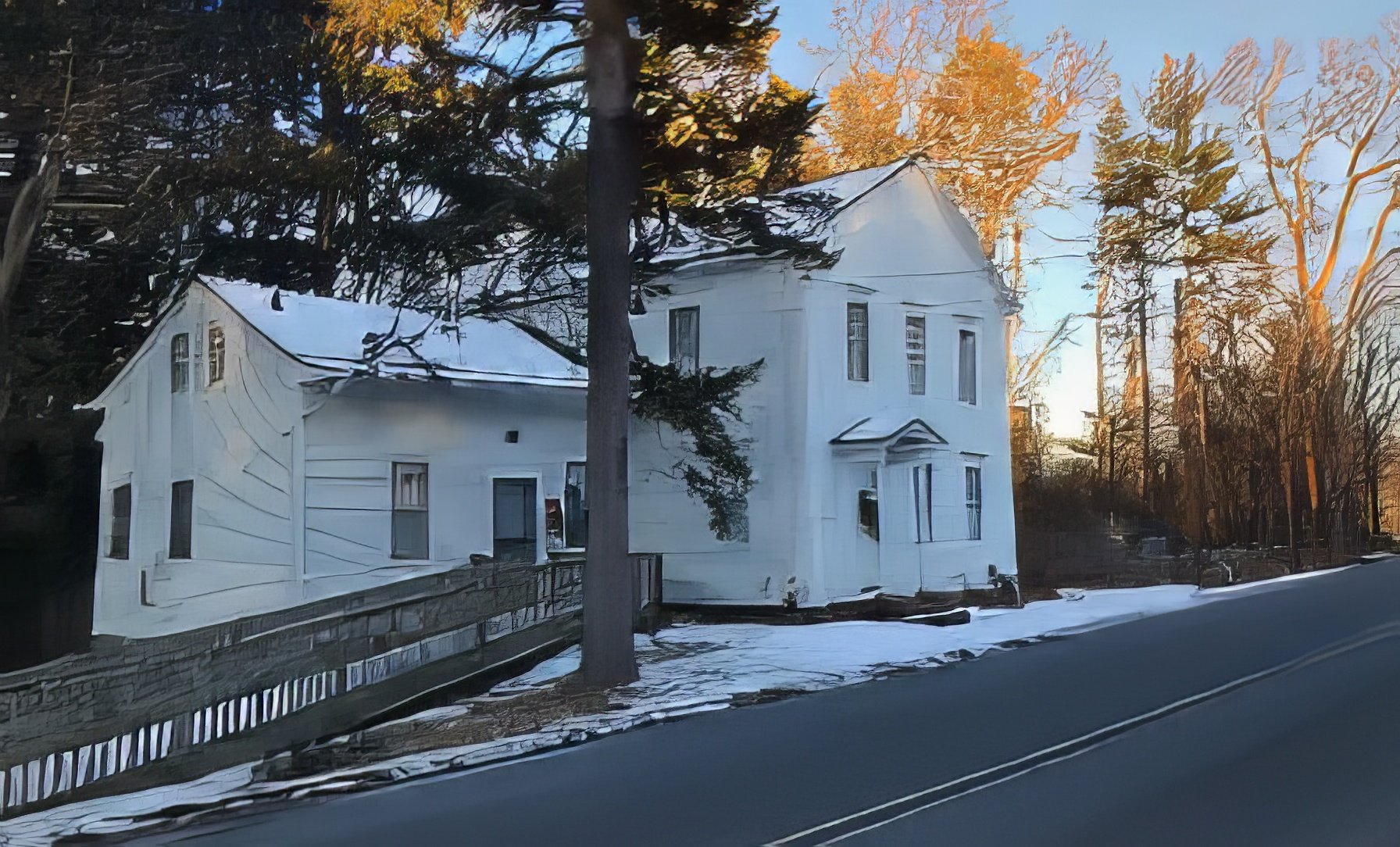Join Menunkatuck Audubon Society at the 156-acre Ansonia Nature Center for a celebration of Mother Earth.
These celebrations will honor the environmental legacy and spirit of the first Earth Day, which was held on April 22, 1970, by acknowledging the seriousness of today’s climate crisis and by affirming the ways in which residents of our town, region, and state are responding to the environmental crisis of human-caused global warming.
Enjoy native plants, hikes, live animals, and environmental exhibitors. Learn about our conservation programs including native plants for natural climate solutions, marsh migration, homes for birds, and making homes bird safe.
Food and unique items are available for sale from local vendors.
All ages are welcome to this family-friendly event. No park admission fee. No registration required.
Birds are facing significant population challenges all over the world. Changes in habitat, seasons that are shifting, severe storms, and increased temperatures are all playing a part in an overall decline in numbers. The National Audubon Society is working to find ways to change those trajectories through significant and ambitious goals in conservation - from both ends of the spectrum: increasing the chances for successful breeding bird seasons, and reducing bird mortality rates.
We hear a good deal about bird window collisions that occur in urban environments, because really, when you can show pictures of hundreds of bird deaths in a day during migration season, it becomes news. We read about it, we see pictures of it and in response, we work to find solutions to prevent it from happening again. What we don’t hear about are the average of two birds per residence per year that occur from window strikes in suburban and rural neighborhoods. Although these don’t feel like they are significant in comparison, if you add those numbers up, the deaths of birds as a result are staggering - more than in any city. It is estimated that over 1 billion birds die as a result of window collisions per year in North America. It is considered to be the third highest cause of bird mortality, following habitat loss and predation by domestic cats.
Menunkatuck President Dennis Riordan will provide an overview of the issues that surround building collisions and actions that can be taken at our homes, businesses, schools and other public buildings to help reduce the number of bird deaths each year.
Menunkatuck has been invited to sell plants from the UrbanScapes nursery at the Riverbound Farm Sanctuary’s opening day for 2025. We’ll have a selection of our native perennials and shrubs and information about native plants and their value to birds and other wildlife.
Riverbound Farm Sanctuary on the Quinnipiac River was acquired by Quinnipiac Valley Audubon Society in December 1989 as a bequest from the Estate of Esther Tappert Mortensen, wife of Reverend Ralph Mortensen, both long-time members of the chapter.
The sanctuary includes a house built in 1814 and 23.4 acres of diverse habitat preserved permanently as open space. The house, open the third Sunday of each month April to October, has a museum and nature center. The grounds at the sanctuary are open to the public every day from dawn to dusk. Please wear proper footwear for trails. Be prepared for ticks by wearing light-colored clothing and tucking your pants into your socks!
The Guilford Conservation Commission is sponsoring a community-wide Earth Day Celebration on Guilford Town Green on Sunday afternoon, May 4, 2025, from 1:00 – 4:00. Menunkatuck will be there.
These celebrations will honor the environmental legacy and spirit of the first Earth Day, which was held on April 22, 1970, by acknowledging the seriousness of today’s climate crisis and by affirming the ways in which residents of our town, region, and state are responding to the environmental crisis of human-caused global warming.
Join us to learn about our conservation programs including native plants for natural climate solutions, marsh migration, homes for birds, and making homes bird safe..
In 2025, World Migratory Bird Day will be celebrated on May 10 in the spring and October 11 in fall. The conservation theme this year is Shared Spaces: Creating Bird-Friendly Cities and Communities. This year’s theme promotes the importance of a healthy coexistence between people and birds by focusing on creating bird-friendly cities and communities.
Bird friendly practices include creating healthy habitats, reducing bird collisions with buildings and glass, reducing pollution, and providing ample food sources for birds. No matter what type of community you live in, you can help birds!
Join Menunkatuck and partners in the New Haven Harbor Urban Wildlife Refuge for fun, free, family-friendly activities at College Woods:
Bird Walks
Bird-friendly Gardening Tips
Native Plants for Sale
Scavenger Hunt
Information about New Haven’s Urban Oases and Schoolyard Habitats
Learn about the amazing distances that some birds travel in migration
Kids’ activities
The rocks found in Connecticut’s gentle hills and flat river valleys belie the wonderfully complex geological history of our small state. They tell a story that encompasses periods of mountain building with mountains higher than the Himalayas when Connecticut was located off the coast of Africa as well as a time when parts of what is now Connecticut was covered by an ancient ocean. They bear witness to the numerous lava flows that several times covered central Connecticut and earthquakes that titled these flows and formed our central ridges. Our rock walls and isolated boulders give evidence of our state’s more recent glacial history. Join us as Magjery Winters leads us on an exploration of this fascinating geological story and learn how all these events contributed to Connecticut being called the “Cradle of Mining.”
\Margery is the Assistant Director and instructor at Roaring Brook Nature Center in Canton where she is delighted to be able to share her passion for earth science and nature with students of all ages. She manages the Nature Center’s native plant gardens and is an advocate for the role of natives in our designed landscapes. She is a Master Landscape Design Consultant.
We've got a fun-filled evening set for this Community Program with a view of some members' photos, a bird quiz, and more.
Between the photo shows we will have a bird quiz. How well do you know the size of birds? How about bird name anagrams? Can you id birds from blurred photos? Don't worry. There are no exotic birds, just common backyard and park birds. Have a competition with your family.







